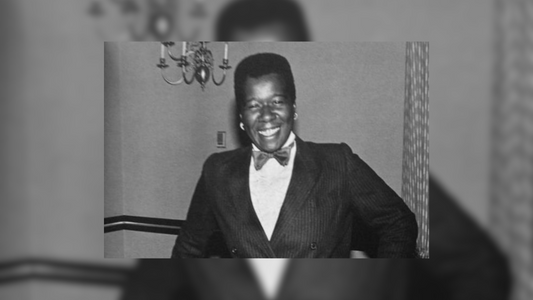The Electoral College is a unique feature of the U.S. presidential election process, and while it can be complex, understanding its mechanics is crucial for grasping how American presidential elections work. Here’s a step-by-step guide to how the Electoral College operates:
1. The Foundation: What Is the Electoral College?
The Electoral College is a system established by the U.S. Constitution for electing the President and Vice President of the United States. Instead of directly voting for these positions, citizens vote for a slate of electors who then cast their votes for President and Vice President.
2. Determining the Number of Electors
- Total Electors: There are a total of 538 electors in the Electoral College.
- Allocation: Each state gets a number of electors equal to the total number of its Congressional representatives: two U.S. Senators plus a number of Representatives based on the state's population. For example, California, the most populous state, has 55 electors, while Wyoming has 3.
- Washington, D.C.: The District of Columbia, although not a state, has 3 electors, as granted by the 23rd Amendment.
3. Selecting Electors
- Party Nomination: Political parties in each state select a slate of electors. These electors are often party loyalists or local party officials.
- General Election: When voters cast their ballots for President, they are actually voting for the electors pledged to that candidate. In most states, the candidate who wins the majority of the popular vote receives all of the state’s electoral votes (winner-take-all system), though Maine and Nebraska use a proportional approach.
4. Casting Electoral Votes
- Electoral Vote Meeting: Electors meet in their respective state capitals on the first Tuesday after the second Wednesday in December.
- Casting Votes: At this meeting, electors cast their votes for President and Vice President on separate ballots. The votes are then sent to Congress.
5. Counting Electoral Votes
- Congressional Role: On January 6th following the election, Congress meets in a joint session to count the electoral votes. The President of the Senate (the Vice President) presides over this session.
- Verification: The electoral votes are read and verified. Any objections to the electoral votes are addressed by Congress, though such objections are rare and require a majority to be upheld.
6. Declaring the Winner
- Majority Requirement: A candidate must receive a majority of the electoral votes to win the presidency. As of now, this means at least 270 out of 538.
- Outcome: If a candidate reaches the majority, they are declared the President and Vice President-elect. If no candidate receives a majority, the election is decided by the House of Representatives for President and the Senate for Vice President, as specified by the 12th Amendment.
7. Inauguration
- Swearing-In: On January 20th following the election, the President-elect and Vice President-elect are inaugurated in a ceremony where they take the oath of office and officially assume their roles.
8. Potential Issues and Contingencies
- Elector Votes: Although rare, electors may choose to vote differently from their pledged candidate (faithless electors). Most states have laws to address this issue, and such votes are generally not counted.
- Tiebreaker: In the event of an electoral tie (269-269), the House of Representatives decides the President, with each state delegation casting one vote for one of the top three candidates. The Senate elects the Vice President.
9. Reforms and Debate
- Debate: The Electoral College has been the subject of ongoing debate, with some advocating for its reform or abolition in favor of a direct popular vote. Proposals include the National Popular Vote Interstate Compact, which aims to ensure that the popular vote winner becomes President.
Summary
The Electoral College is a distinctive and complex system designed to balance the influence of both populous and less populous states in electing the President. By understanding its components and processes, you gain insight into the broader electoral system and the unique features of American democracy.




